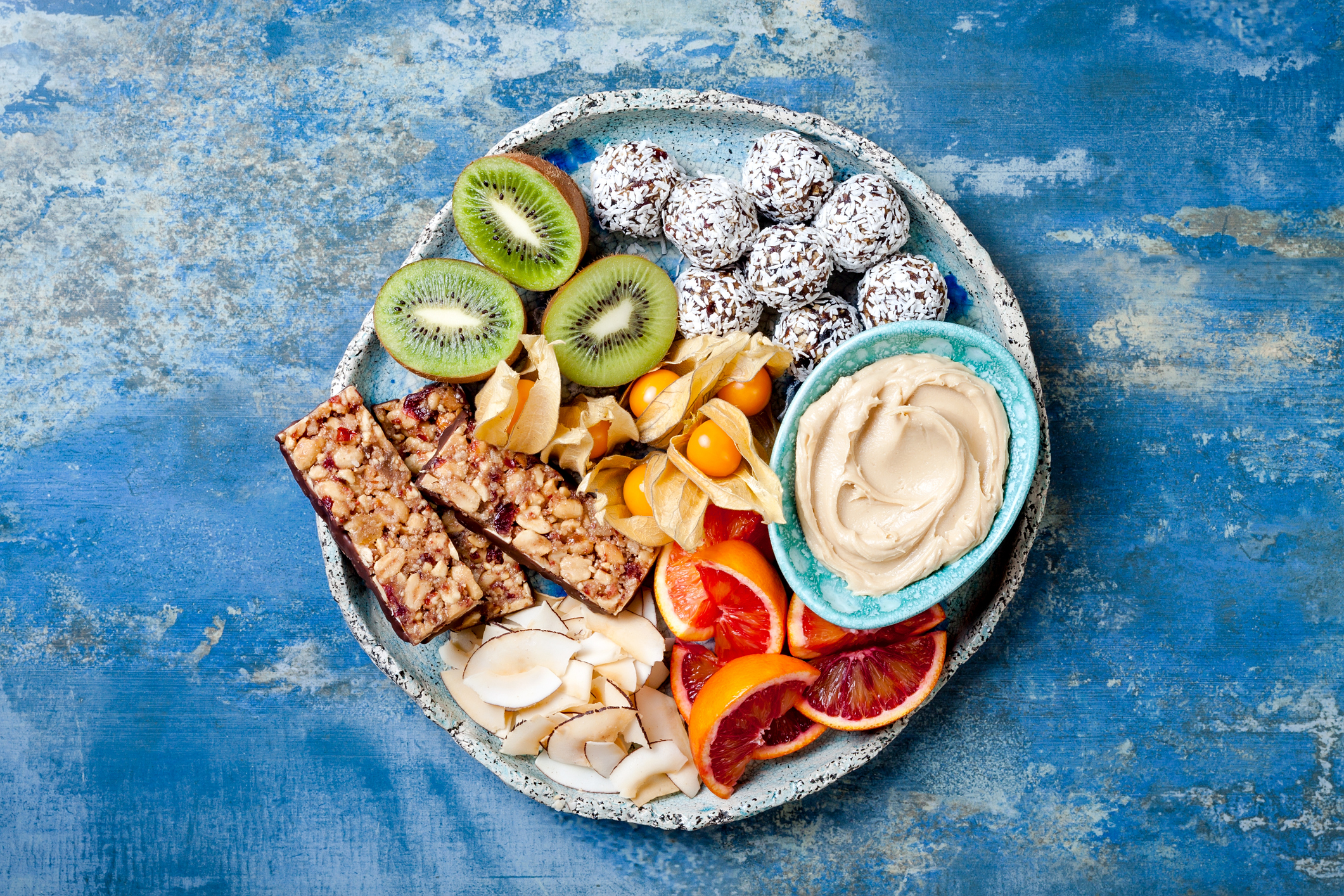Contradictory nutrition advice is nothing new. Eggs, for example, have been involved in a love/hate health debate since the 1960s! Whole grains, legumes, and even leafy green vegetables – which you know to be hearty staples in any healthy diet – even have their benefits questioned from time to time depending on which fad diet is trending at the time.
Knowing what to eat can be confusing. Thankfully, one message that stays consistent is that variety is key. Whether it’s high protein, low carb, or intermittent fasting, every diet promotes the importance of variety. Variety is timeless.
Why is variety so important? From an esthetic point of view, it provides an abundance of color to your favorite meals. A quick look for recipes online produces colorful bowls, plates, and platters of beautifully curated dishes made with an assortment of varied ingredients.
The human eye is drawn to color – just think of how good hearty salads look on online menus! As such, you’re more likely to choose a dish with bright green, yellow, and orange hues rather than something beige or colorless.
Is the color of your food the number one reason why variety is crucial to good gut health? It’s important but not that important.
Texture and flavor can only be achieved through variety. Think of a bowl of freshly picked, crisp spinach. Next, imagine adding crunchy sliced radishes, juicy cherry tomatoes, and toasted almonds. Add some grilled wild salmon and top with a tasty dressing like a chili lime aioli. Voila! A texture and flavor sensation made possible by bringing together a selection of varied ingredients.
Is texture and flavor the number one reason why variety is crucial to good gut health? They’re important, but not that important.
The number one reason why variety is absolutely crucial to good gut health is that it increases something called oral tolerance.
Good oral tolerance means your body is more tolerant of a larger variety of foods. This means your microbiota – your gut’s good bacteria – will be diverse and varied, reducing your risk of developing food intolerances and gut issues.
WHAT HAPPENS WHEN YOU ALREADY HAVE GI PROBLEMS?
This is the classic catch 22 of gastrointestinal health. Over time, stress, environmental toxins, and eating the same foods a little too often can cause food sensitivities. These can often go unchecked, since symptoms are minimal, building up over time and creating low-grade inflammation.
Eating a more diverse and varied diet at this point can often do more harm than good since these sensitivities can trigger other foods to go unchecked in the gut. This causes a decrease in the diversity of good bacteria in your gut which can also suppress your immune system. Your oral tolerance is now low as a result of eating a varied diet!
HOW TO RESET YOUR GUT AND YOUR ORAL TOLERANCE
Restricted diets – like the SCD, Paleo, or AIP diet – can be helpful in reducing inflammation and bringing about symptom improvement due to the removal of common allergens. While you may not notice at first, because symptoms were subtle in the first place, increased energy, brighter skin, less random aches are often reported as a result of removing trigger foods.
REINTRODUCTION IS KEY
While symptoms relief is always positive, oral tolerance is still low while following these restrictive protocols. While you or your clients may be hesitant to reintroduce other foods after experiencing symptom relief, it’s important you do to begin building your oral tolerance again.
Begin slowly. If you’ve omitted a lengthy list of foods, the key is to reintroduce and test each one. This is a long but worthy process. Remember, in order to appropriately break down each type of food protein, your body needs to create an appropriate enzyme match.
Allow your body to sample the new protein by beginning with a small serving. For example, if you’re reintroducing almonds, begin with 2-3, making note of how you feel, before increasing your serving size. If you experience a symptom flare – anything from joint aches to a headache – don’t worry. You simply don’t have enough oral tolerance yet! Set this food aside and continue the process of reintroduction with other foods.
TAKEAWAY
Restrictive, anti-inflammatory protocols have brought relief to many complicated and often unexplained symptoms. Many coaches provide excellent support to clients following these diets, but they often don’t know how to help when it comes to food reintroductions. As a modern-day coach who understands the concept of oral tolerance and diet variety, you are skilled to help your clients live not only symptom-free lives, but unrestricted ones, too.
For more tips on how you can improve your gut health, head here 11 Natural Ways To Improve Digestive Health!

+ show Comments
- Hide Comments
Free Resources
Take A Look at the latest from ITN:
Courses
add a comment